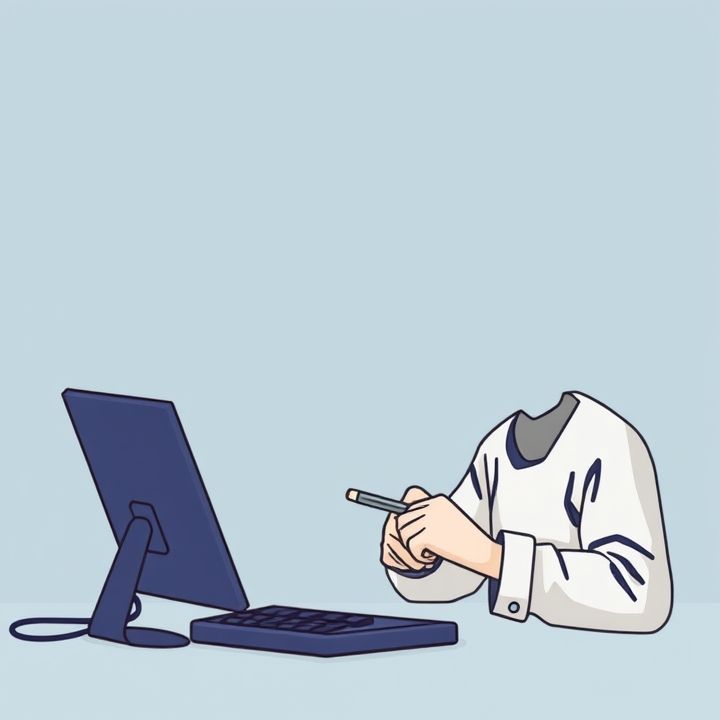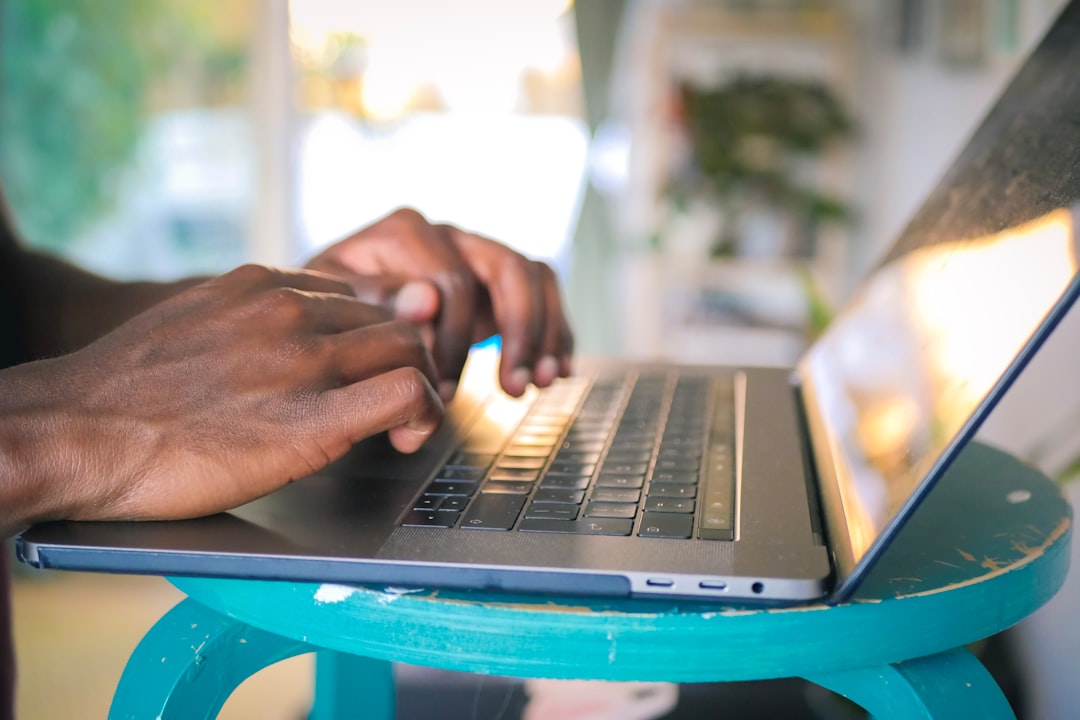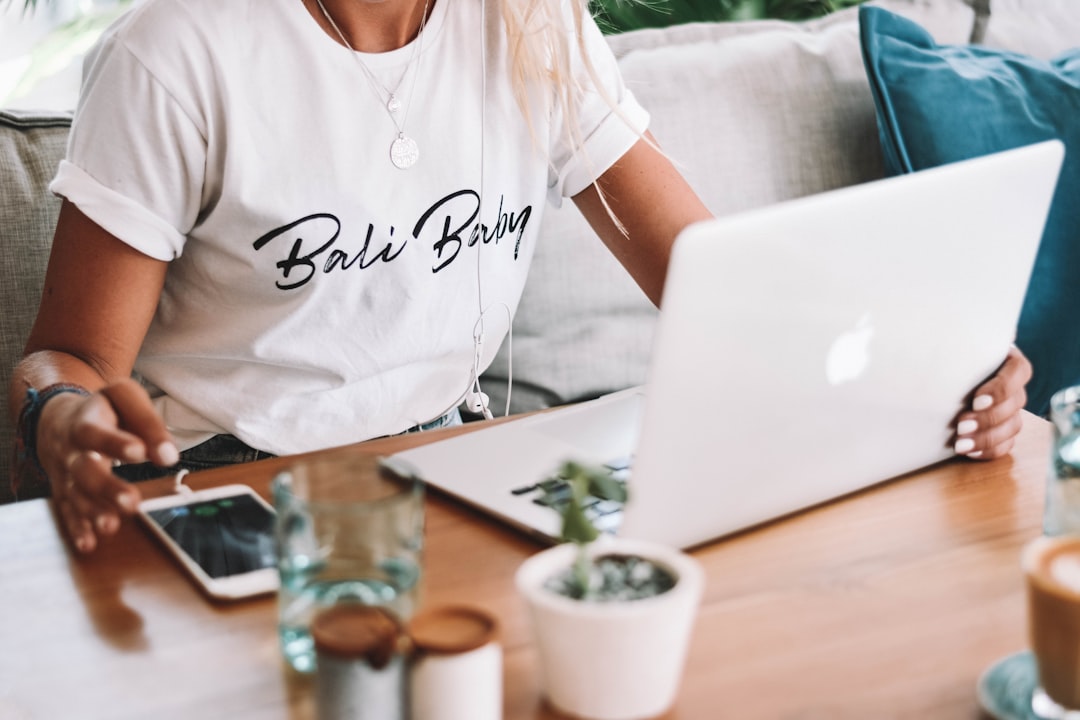Table of Contents
- Introduction
- Understanding the Importance of Dynamic Content in Email Marketing
- Collecting and Analyzing Customer Data for Personalization
- Segmenting Your Email List for Targeted Content
- Using AI and Automation Tools to Generate Dynamic Content
- Crafting Personalized Offers and Recommendations
- Testing and Optimizing Dynamic Email Campaigns
- Ensuring Privacy and Data Security in Personalized Emails
- Evaluating the Success of Personalized Email Strategies
- Conclusion
- Frequently Asked Questions
Introduction
In the labyrinthine world of digital marketing, where every email is a potential gateway to success, how do you ensure yours stands out from the clutter? As competition intensifies, the secret weapon for unparalleled engagement lies in mastering the art of personalized dynamic content. Picture this: emails that adapt and resonate with each individual recipient as if crafted just for them. It’s not a fantasy; it’s a reality waiting to be harnessed.
Imagine a world where email content morphs effortlessly to meet each recipient’s preferences, interests, and past interactions. This isn’t mere speculation – with advancements in technology and data analytics, it’s more attainable than ever. Our journey begins with understanding the core of personalized dynamic content, and why now is the perfect moment to tap into its limitless potential.
Unlock the unknown possibilities through personalized emails that speak directly to your audience’s needs. Welcome to an era where conversion rates skyrocket, brand loyalty solidifies, and the winner stands to gain a competitive edge unparalleled in the inbox.
 |
Understanding the Importance of Dynamic Content in Email Marketing
In the realm of email marketing, dynamic content plays a pivotal role in creating personalized and engaging communications. Dynamic content refers to HTML content on the email that changes based on the recipients’ information, preferences, or behaviors. This could mean altering text, images, or call-to-action buttons to suit individual needs. By leveraging data like purchase history, browsing habits, or demographic details, marketers can deliver highly customized emails that resonate more deeply with their audience.
The importance of dynamic content cannot be overstated, as it not only enhances user experience but also significantly boosts engagement rates. When recipients receive emails that are tailored to their interests and needs, they are more likely to engage with the content, leading to higher open and click-through rates. Moreover, personalized emails foster a sense of connection and trust between the consumer and the brand, which can enhance customer loyalty and retention.
Furthermore, dynamic content enables marketers to streamline their workflow by automating personalization at scale. This efficiency allows for more focused strategies, as brands can target specific segments without needing to create separate campaigns for each one. Overall, dynamic content serves as a powerful tool in the arsenal of email marketing, driving better outcomes and maximizing return on investment.
Collecting and Analyzing Customer Data for Personalization
In the realm of personalized dynamic content, collecting and analyzing customer data is the cornerstone for delivering tailored emails. The first step involves gathering data through various touchpoints such as website interactions, purchase history, and customer feedback. Platforms like CRMs and analytics tools are essential in capturing detailed insights on consumer preferences and behaviors. However, it is not just about amassing data; understanding patterns and trends within this data is crucial for personalization.
Once collected, data analysis becomes pivotal. Using sophisticated algorithms and machine learning models, businesses can segment customers based on demographics, past interactions, and predicted future behaviors. These insights allow for the creation of highly targeted messages, enhancing relevance and engagement. By tapping into the specific interests and needs of each recipient, companies can craft emails that resonate on a personal level, fostering loyalty and boosting conversion rates. Thus, the harmonious blend of data collection and analysis serves as the backbone for a successful personalized email strategy.
Segmenting Your Email List for Targeted Content
Segmenting your email list is a critical strategy for delivering highly relevant and personalized content to your audience. By categorizing subscribers based on shared characteristics such as demographics, purchase behavior, or engagement levels, you can create tailored messages that resonate more effectively. For instance, a subscriber who frequently purchases workout gear might appreciate promotions on fitness apparel, while a less active subscriber might be more interested in general lifestyle content.
Segmentation allows you to send dynamic content that speaks directly to the interests and needs of each segment, thus increasing the likelihood of engagement and conversion. Employing data analytics tools can enhance your ability to accurately segment your list. By analyzing data trends and behaviors, you can refine your segments for maximum impact.
Additionally, it’s important to continually update your segments as subscriber preferences and behaviors evolve over time. Regularly refreshing and reassessing your segments ensures your email content remains relevant, helping to maintain subscriber interest and reduce churn rates. Ultimately, effective segmentation not only boosts open and click-through rates but also fosters a more meaningful connection between the brand and its audience.
Using AI and Automation Tools to Generate Dynamic Content
In the age of data-driven marketing, leveraging AI and automation tools to generate dynamic content has become indispensable. These technologies enable marketers to create highly personalized and engaging email campaigns that resonate with individual recipients. AI algorithms analyze vast amounts of customer data, including browsing history, purchase behavior, and demographic information, to craft tailored content. This ensures that each interaction feels personal and relevant, increasing the likelihood of engagement and conversion.
Automation tools further enhance this process by streamlining the deployment of dynamic content across multiple channels and touchpoints. Marketers can set up workflows and triggers that automatically send customized messages based on specific customer actions or events. For example, if a customer abandons their shopping cart, an automated email with dynamic product recommendations can be sent to encourage completion of the purchase. This level of personalization not only boosts customer satisfaction but also fosters brand loyalty.
Moreover, the seamless integration of AI and automation reduces the manual effort required to manage marketing campaigns, allowing businesses to scale their efforts efficiently. By tapping into the power of personalized dynamic content, companies can deliver messages that cut through the noise and drive meaningful interactions.
Crafting Personalized Offers and Recommendations
Crafting personalized offers and recommendations is a powerful strategy to engage customers and enhance their experience. By leveraging data analytics and customer insights, businesses can create tailored messages that resonate with individual preferences and behaviors. Personalized dynamic content plays a crucial role in this process, enabling marketers to deliver content that is directly relevant to each recipient.
To craft effective personalized offers, start by gathering and analyzing customer data such as purchase history, browsing activity, and demographic information. This data provides valuable insights into customer preferences and purchasing patterns. With this information, businesses can segment their audience into smaller, more targeted groups and create personalized content for each segment.
Dynamic content blocks in emails can be tailored to include product recommendations based on past purchases, special discounts for frequently viewed items, or personalized messages that acknowledge a customer’s specific needs or interests. By delivering content that feels directly addressed to the individual, businesses can increase customer engagement, drive conversions, and strengthen customer loyalty.
Ultimately, the key to success lies in the ability to adapt offers in real-time, ensuring they align with the evolving interests and behaviors of the customer. As a result, marketers can deliver a seamless and personalized experience that stands out in a crowded inbox.
Testing and Optimizing Dynamic Email Campaigns
Testing and optimizing dynamic email campaigns is crucial to achieve higher engagement and conversion rates. One effective approach is A/B testing, where two versions of an email are sent to different segments of your audience. By comparing open rates, click-through rates, and conversion rates, you can identify which version resonates more with your audience.
Additionally, leveraging analytics tools can provide insights into user behavior and preferences, allowing for continuous refinement of email content. Key performance indicators (KPIs) such as engagement metrics, delivery rates, and unsubscribe rates can be monitored to gauge the effectiveness of different elements within the email.
It’s also important to test personalized elements like subject lines, images, and call-to-action buttons. This way, you can assess which combinations create the most impact. Combining these strategies with real-time data analysis allows for quick adjustments and enhancements, ensuring that each email sent is optimized for the audience’s preferences and behaviors at that given moment. By continuously refining and optimizing content, businesses can achieve a higher degree of relevance and personalization, ultimately enhancing their overall marketing strategy.
Ensuring Privacy and Data Security in Personalized Emails
In the realm of personalized dynamic content, ensuring privacy and data security when sending tailored emails is paramount. As businesses collect, analyze, and utilize vast amounts of customer data to create customized communication, they must adopt stringent data protection measures. The cornerstone of safeguarding this sensitive information lies in compliance with regulations such as GDPR and CCPA. These frameworks mandate that organizations obtain explicit consent from users before collecting personal data and outline clear guidelines for data protection.
Implementing robust encryption methods is another critical facet of data security. Encrypting both data at rest and in transit can significantly reduce the risk of unauthorized access. Organizations should also regularly audit their email systems to identify and rectify any vulnerabilities.
Moreover, adopting secure data handling practices and establishing transparent privacy policies can build consumer trust. Providing users with clear choices to opt-in or out of data sharing and easily accessible privacy settings can enhance user confidence. Training employees on data protection practices and engendering a culture of security awareness can further ensure the integrity of personalized emails.
By prioritizing privacy and security, businesses can effectively leverage dynamic content while maintaining consumer trust and compliance with regulations.
Evaluating the Success of Personalized Email Strategies
Evaluating the success of personalized email strategies is crucial for understanding their impact and effectiveness. To measure success, one should consider several key metrics. Firstly, the open rate is essential as it indicates the percentage of recipients who have opened the email, reflecting the effectiveness of the subject line and timing. Secondly, the click-through rate (CTR) measures how many recipients clicked on links within the email, showing how engaging the content was. Additionally, conversion rates are important as they reveal how well the email led to the desired action, such as making a purchase or signing up for a service.
Another critical metric is the unsubscribe rate, which reveals how many recipients opted out of future emails, providing insights into the content’s relevance and frequency. Also, monitoring customer feedback and conducting surveys can offer qualitative data that complements quantitative analysis. Leveraging tools like A/B testing can further refine strategies by comparing different approaches to see which performs better.
By carefully analyzing these metrics, businesses can determine the effectiveness of their personalized email campaigns and make informed decisions to enhance their relevance and impact, ultimately driving better engagement and achieving targeted goals.
Conclusion
In conclusion, mastering the art of personalized dynamic content is pivotal for achieving unprecedented success in email marketing. By understanding the importance of tailoring emails to individual preferences and behaviors, businesses can enhance engagement and foster a deeper connection with their audience. The strategic collection and analysis of customer data enable marketers to craft messages that resonate on a personal level, while sophisticated segmentation ensures these messages reach the right audience. Leveraging AI and automation tools simplifies this process, allowing brands to scale personalization effectively and efficiently. Moreover, regular testing and optimization, coupled with a strong focus on privacy and data security, are essential to maintain consumer trust and drive conversion. By continuously refining strategies and measuring their success through actionable metrics, businesses can stay ahead in a competitive digital landscape, ultimately maximizing return on investment and reinforcing customer loyalty. Therefore, investing in personalized dynamic content is not just a trend but a necessity for those looking to unlock the full potential of their email marketing endeavors.















